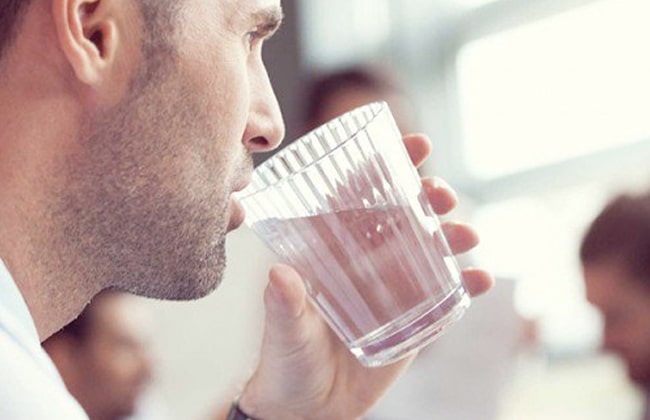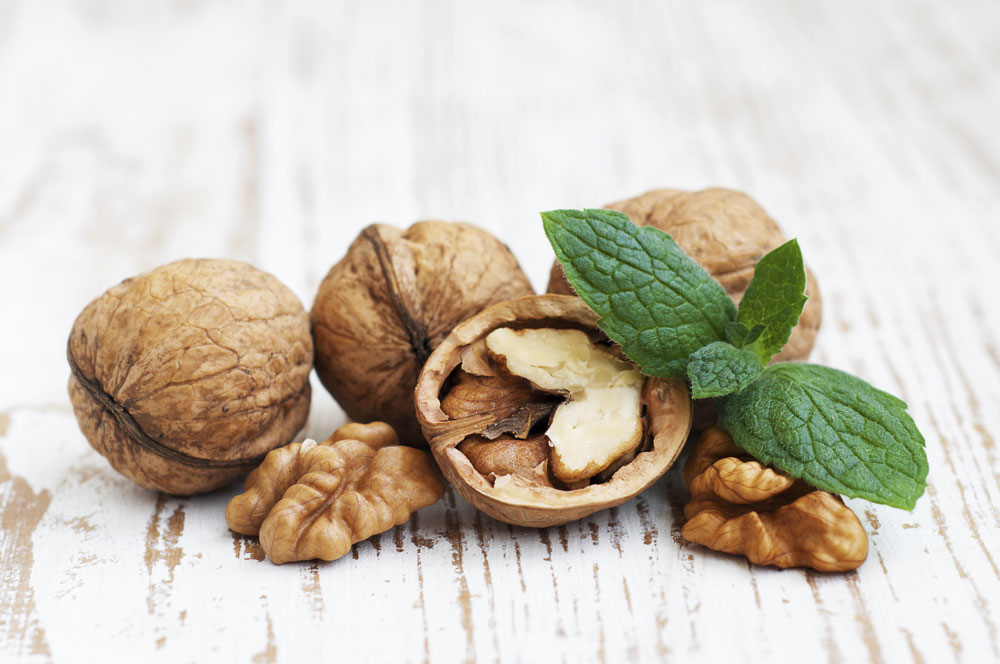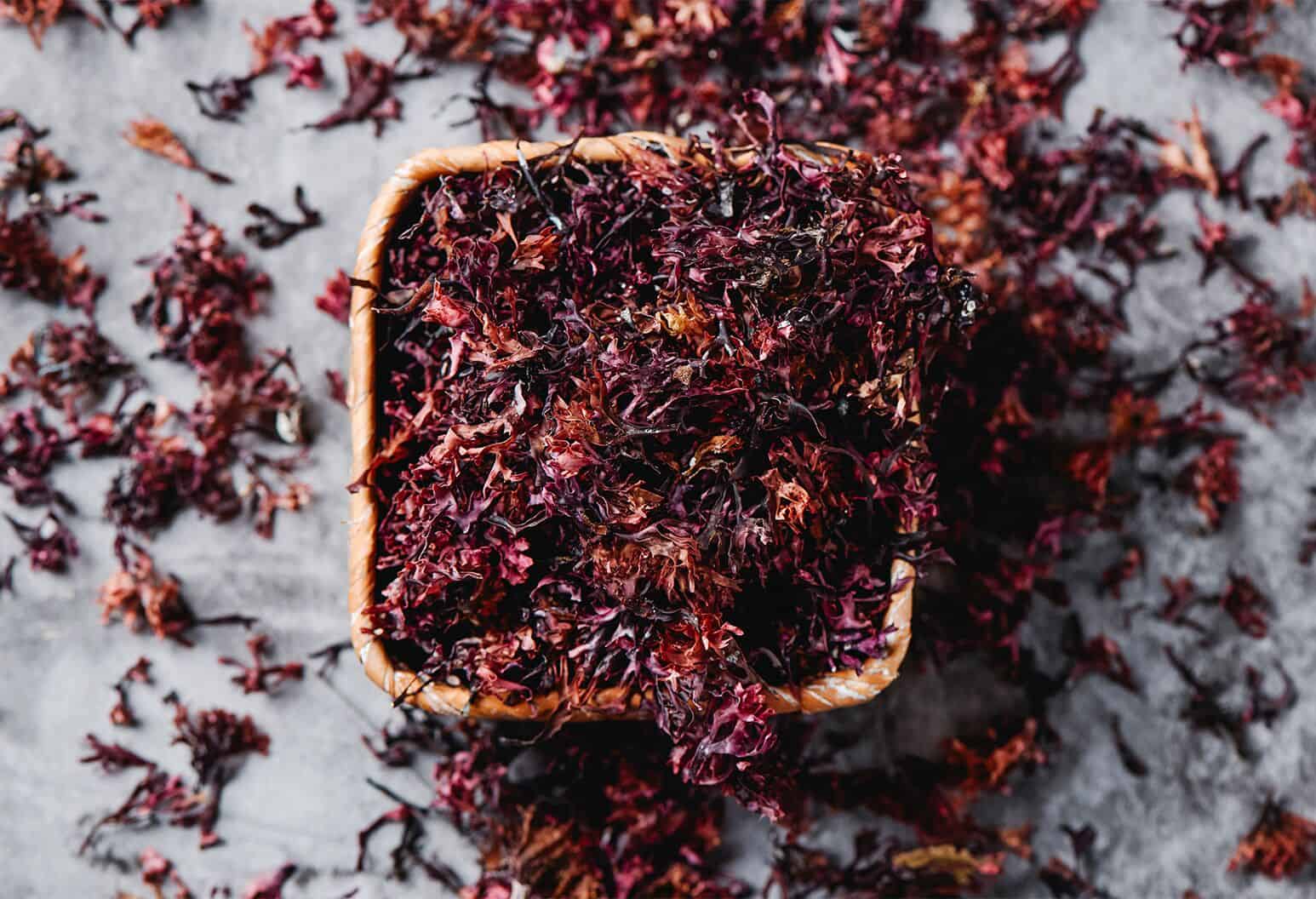These foods increase thirst in Ramadan

These foods increase thirst in Ramadan
These foods increase thirst in Ramadan
During the holy month of Ramadan, we try not to eat foods that make us thirsty during fasting. There are many reasons that lead to a feeling of thirst in fasting people, including unhealthy food behaviors, and others associated with eating multiple types of foods.
Undoubtedly, excessive salt on foods, excessive intake of pickles, salad dressings, sauces, types of pastries and various types of fast foods are all factors that lead to the body feeling thirsty, according to what was stated in a report by Asharq Al-Awsat newspaper.
There are also 4 other types of foods that may cause thirst after eating them, including:
1- fish
You should know, dear fasting person, that eating fish often causes thirst. Although adding salt to fish before or after cooking it may be the reason for increasing thirst, this is not the main reason for that. Rather, there are two other reasons: the first is that fish is a food that is very rich in protein, and the protein in fish meat is released quickly upon digestion, unlike the meat of animals and birds that are rich in fibrous tissues, which takes a longer time to be digested and decomposed before reaching the proteins inside.
And when we eat protein, the body consumes more water in order to carry out biochemical processes to metabolize the nitrogen naturally found in protein, which leads to a significant loss of water content in cells, thus making us feel dehydrated and thirsty.
The other reason for feeling thirsty is that the amount of sodium in seafood varies according to its type. To clarify, there is a group of fish types that are classified as low in sodium, including fresh salmon, cod, tilapia, fresh tuna, fresh sardines, flounder, grouper and hareed. There are fish with a medium content of sodium, including seabass, angelfish, hair, mackerel, halibut and Sultan Ibrahim. And other high-sodium fish, such as canned tuna and sardines, lobster, oysters, mussels, crab, octopus and shrimp. Canned anchovies are higher in salt, as are dried salted fish such as salted herring.
2- ice cream
If you feel thirsty after eating ice cream, this is normal, as ice cream contains sugars, sodium, and dairy derivatives. There are several reasons why people feel the need to drink water after eating ice cream, the most important of which is that ice cream contains sugars.
Eating anything sugary and sweet stimulates the liver to secrete a hormone (FGF21) that stimulates the hypothalamus, the area involved in stimulating thirst and prompting one to drink water.
The other reason is the sodium content of ice cream. Adding sodium when making ice cream is justified because when ice cream is frozen, the water crystals expand and create a space between them. Salt is added to this mixture during the production process to lower the freezing point of the ice crystals and to reduce the amount of time it takes for the ice cream to freeze. And also because salt allows the formation of a mixture of ingredients in ice cream below the freezing point of water, without turning it into an ice cube. Thus, an Extra Creamy mixture is formed.
The bottom line is that the more sodium you consume, the thirstier you will be, because your body needs to balance sodium with water in order to maintain a healthy balance in your blood.
The temperature of the foods and drinks we eat is also linked to thirst, and ice cream is usually eaten cold and frozen. In order for the body to easily digest food, its temperature must be adjusted in the intestines, which causes the body to use extra energy to warm it up to body temperature in an attempt to digest the food properly. In this, the body uses water to balance the temperature of food and drink. What may be one of the reasons for feeling thirsty after eating ice cream.
3- Cheese
Different types of cheese are rich in salt first, and proteins second. Thirdly, cheese is rich in a number of chemical compounds that stimulate thirst. Fourth, eating it by itself causes dryness in the mouth, which means an increased desire to drink water.
Salt is added during the production of cheese to prevent bacteria from growing, and to act as a natural preservative, but it is also added to control the moisture inside the cheese, to improve the texture during chewing in the mouth, and to adjust the taste.
There are plenty of low-sodium, protein-rich cheeses to choose from, and one of the best is cottage cheese.
4- Processed meat
Most processed meats are eaten mostly cold, and have been modified from their natural state through salting, curing, fermentation, smoking, additions of spices and grains, or other industrial processes, to enhance flavor or improve preservation. This includes sausages, hot dogs, beef bacon, canned meats, salami, luncheon meats, and many other kinds.
The processing of these meats includes the addition of salt, sugar and nitrates, to preserve the foods against putrefaction caused by bacteria and to preserve flavour.
In sausages and other deli meats, the use of salt stabilizes the structure of the meat during cooking so that the final product sold to the consumer has a uniform consistency and does not fall apart during storage. One of the unhealthy aspects of excessive or frequent eating of this meat is that it causes thirst as a result of its high sodium content, whether in salt (sodium chloride) or any other types of added chemical compounds.





